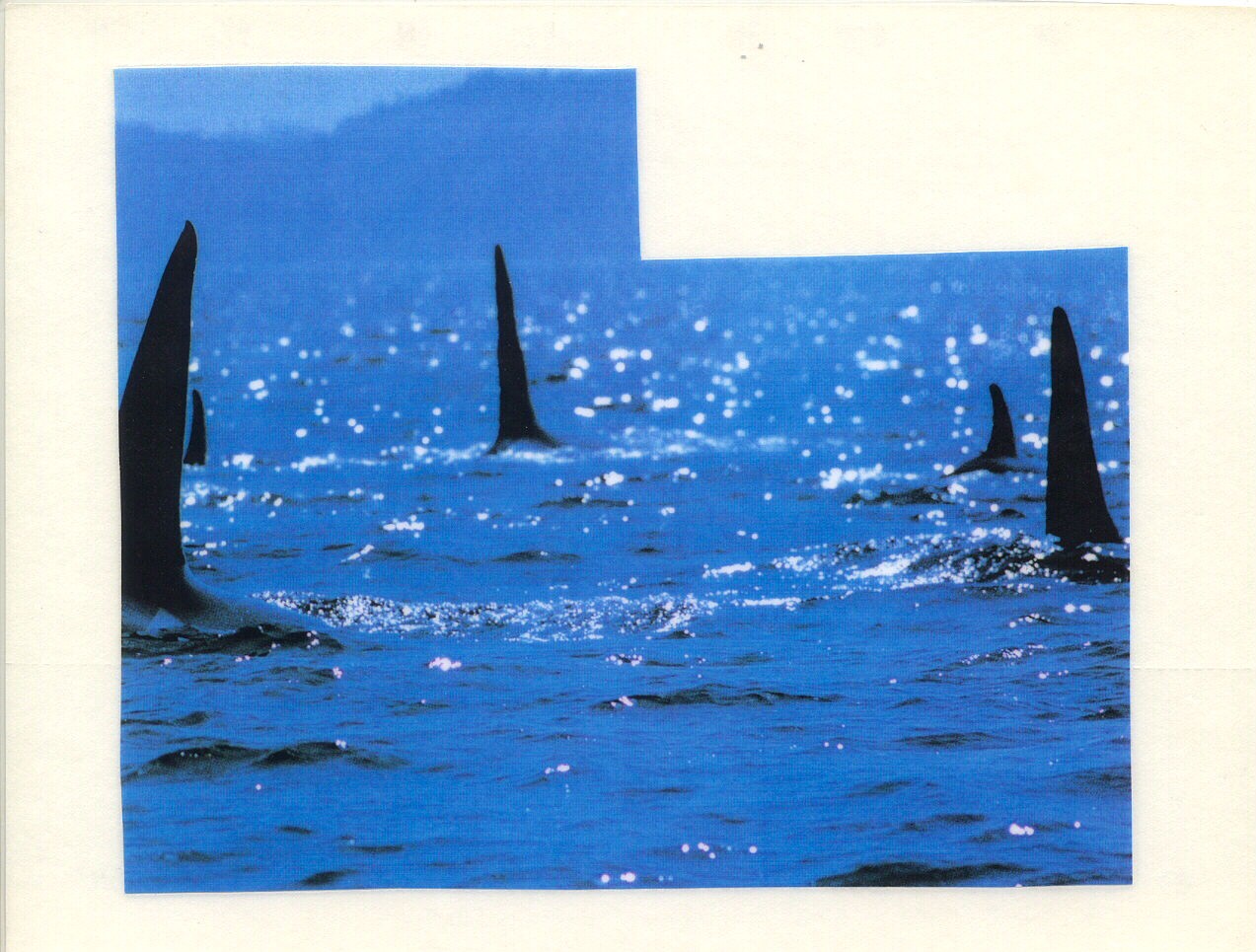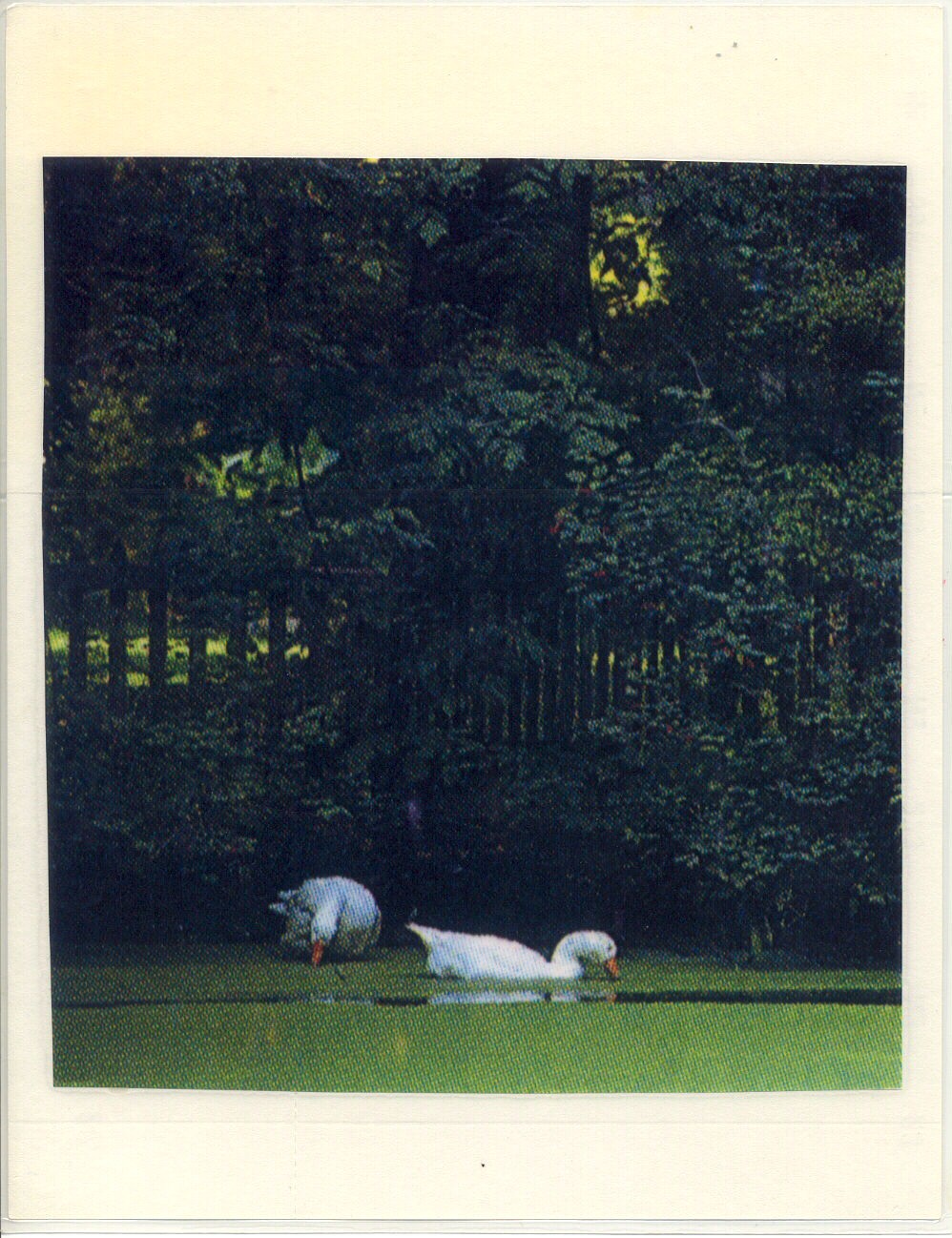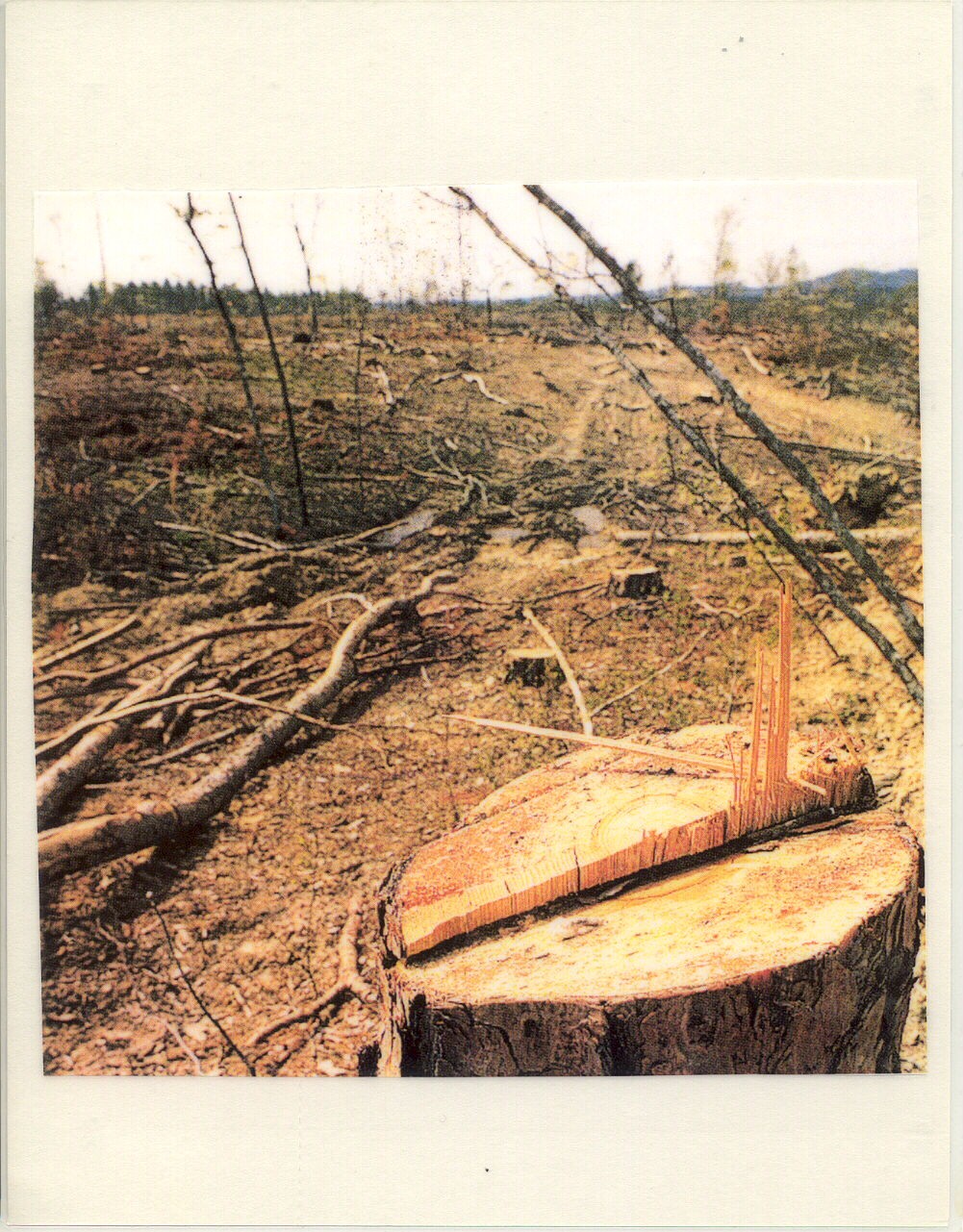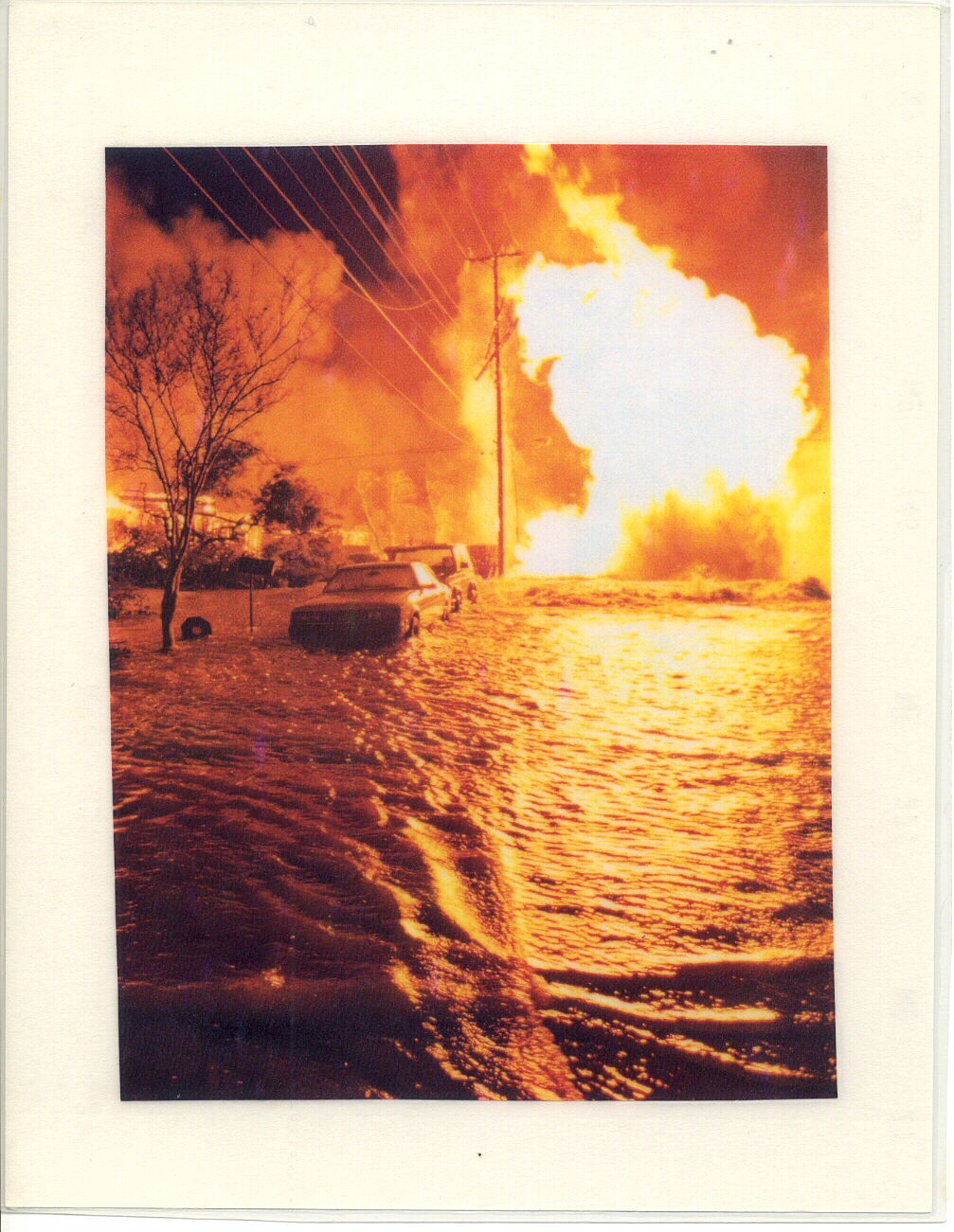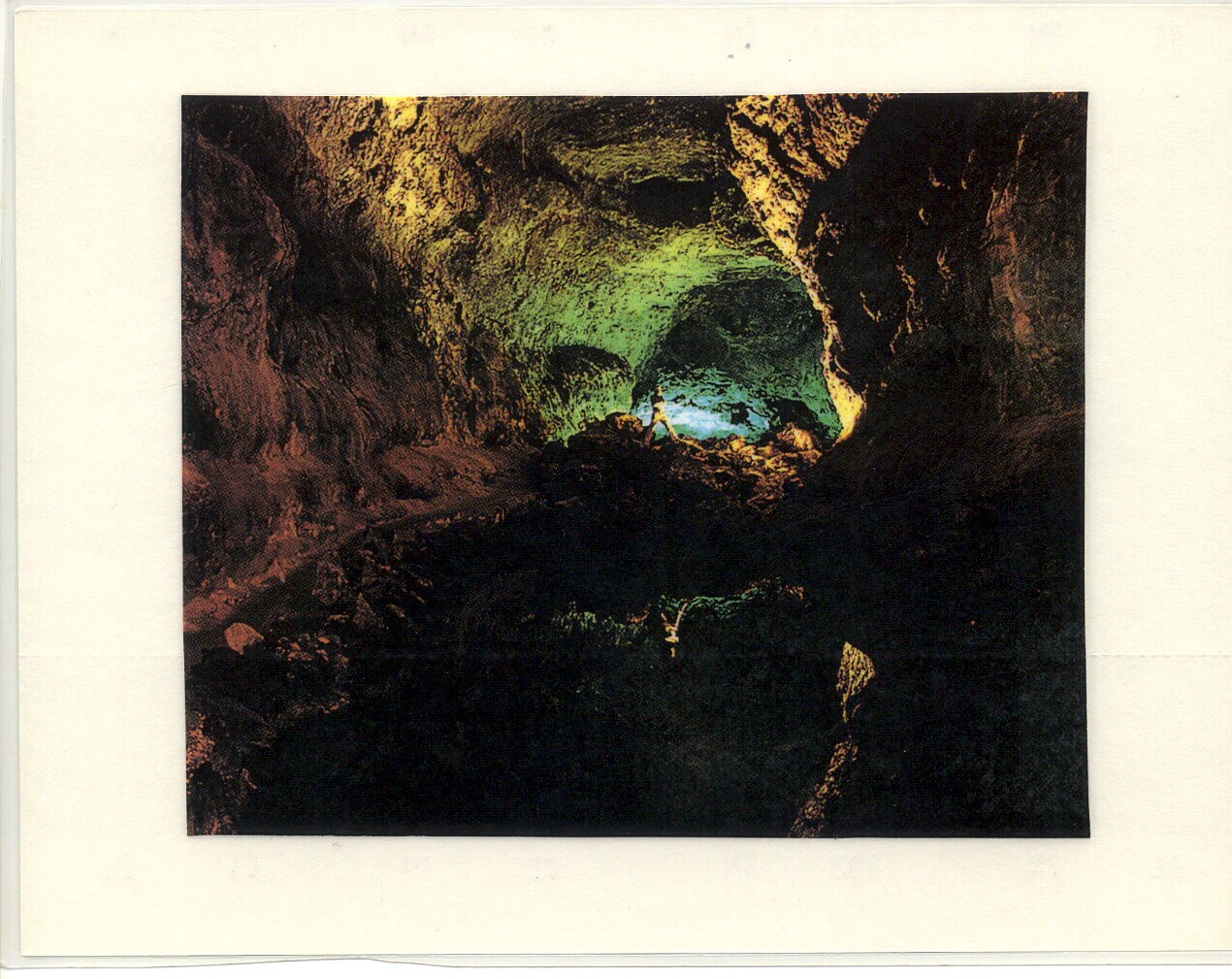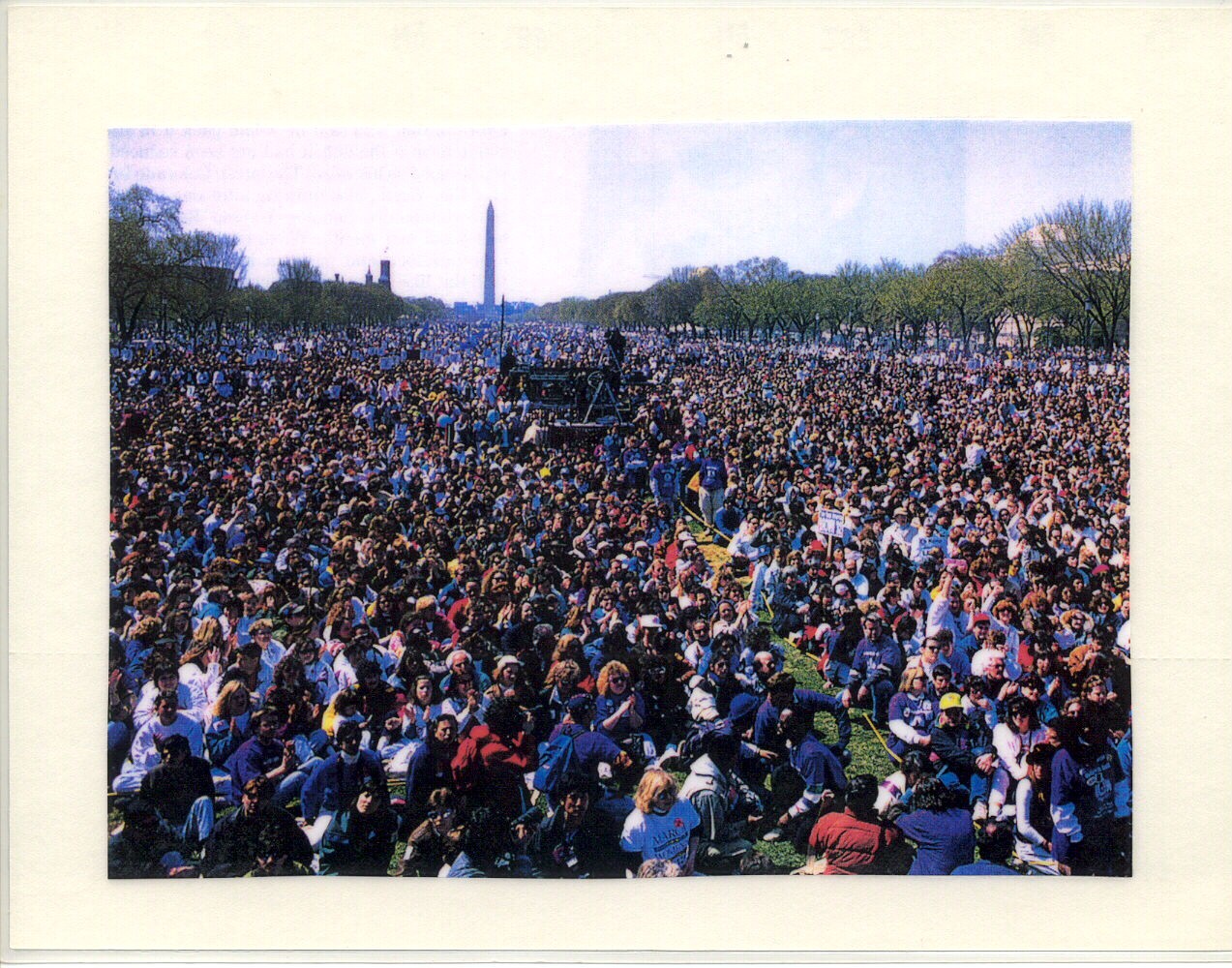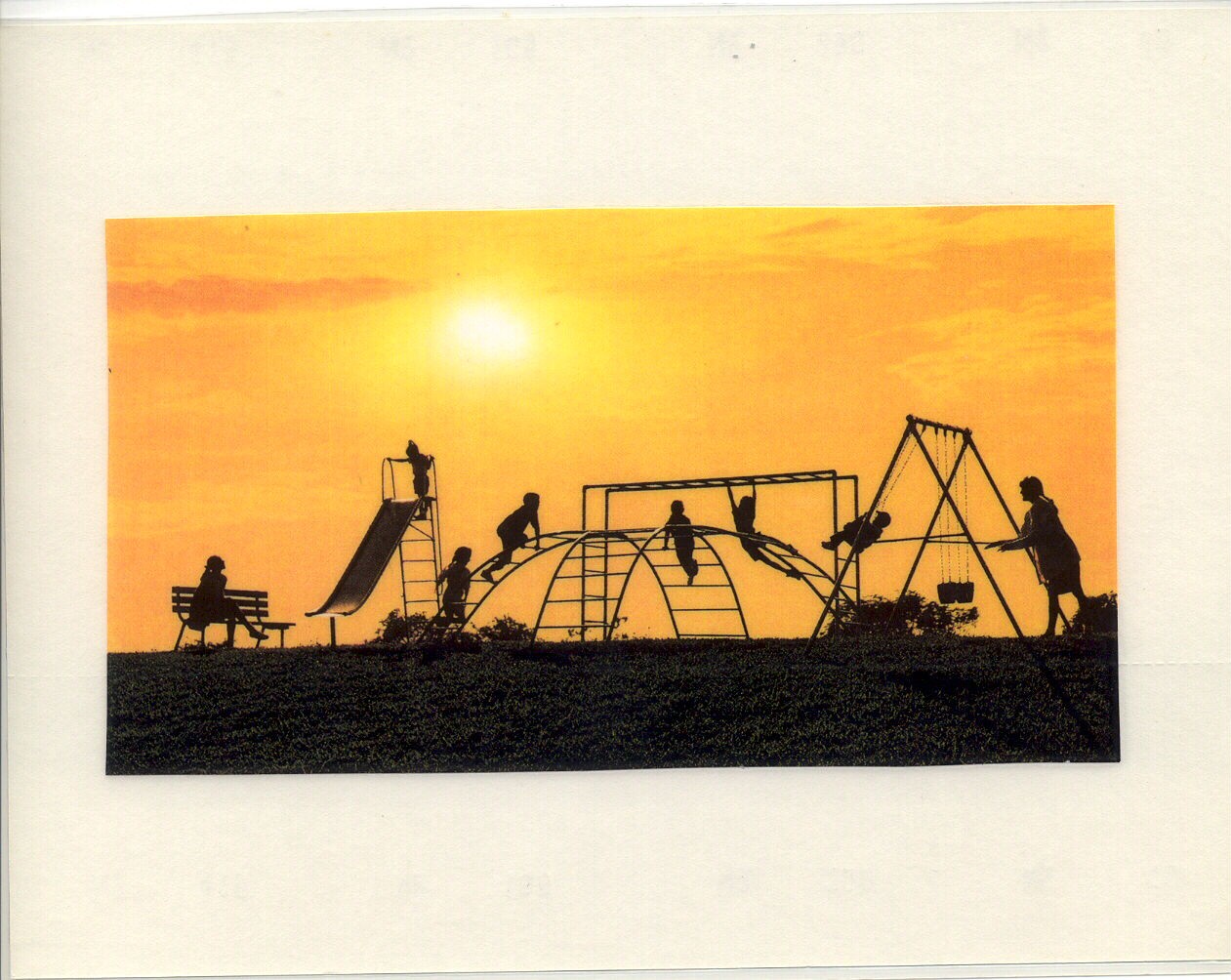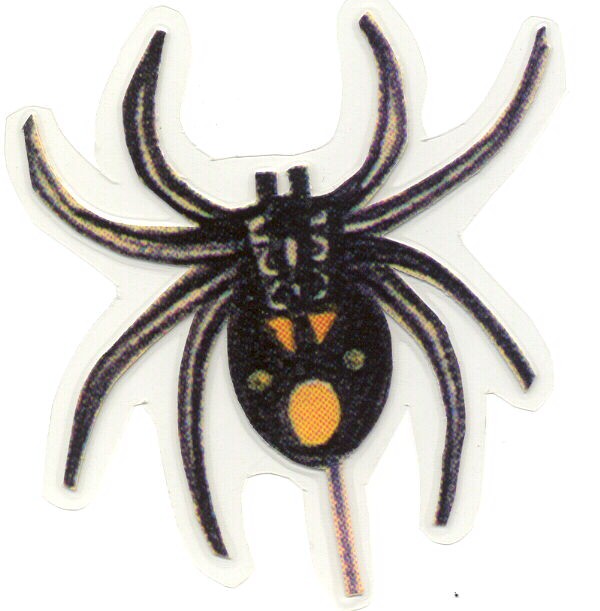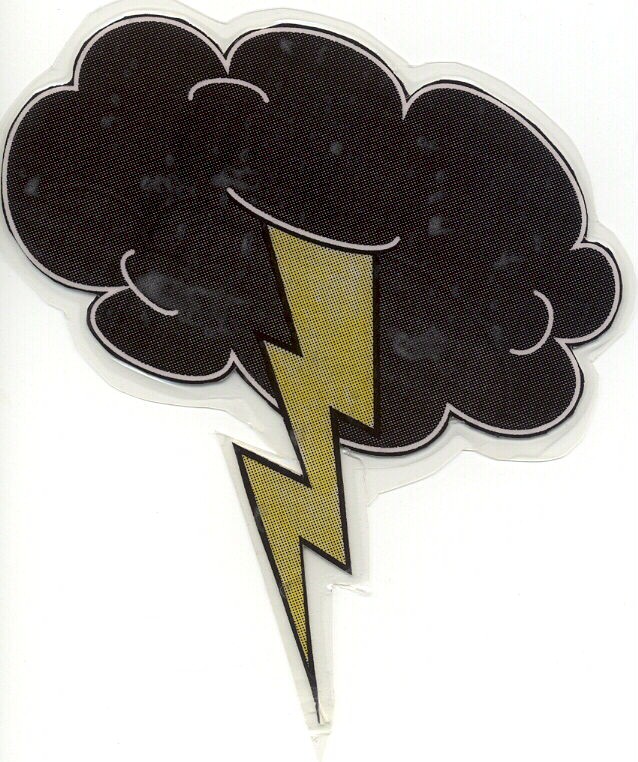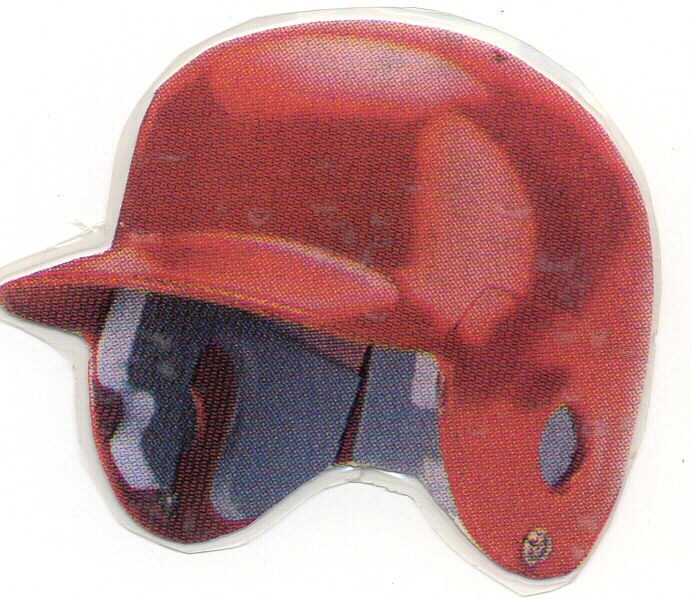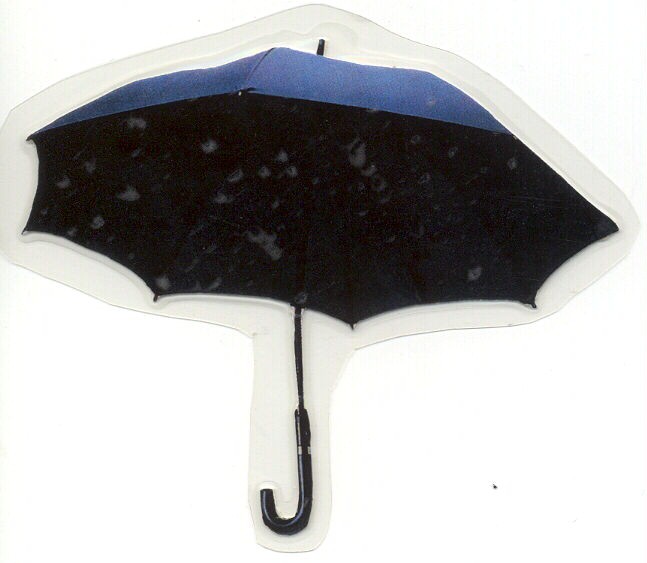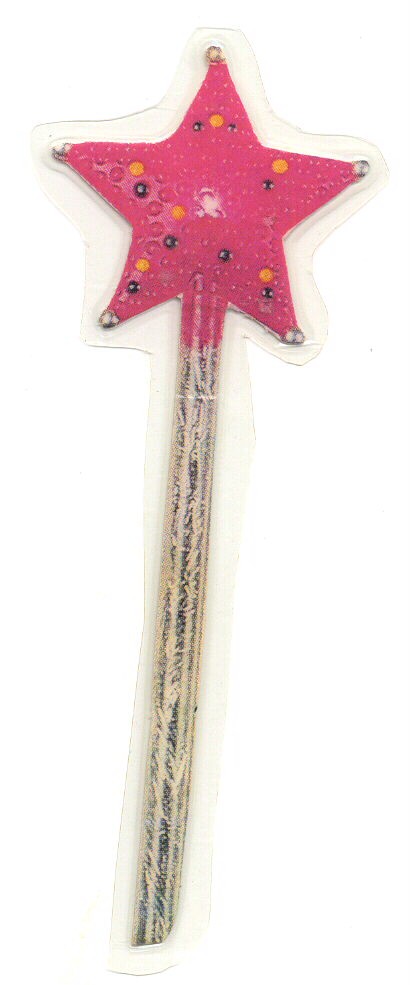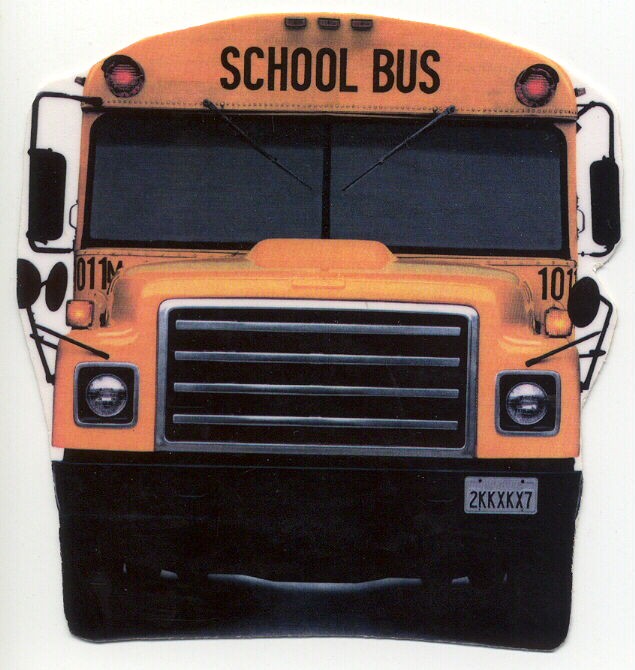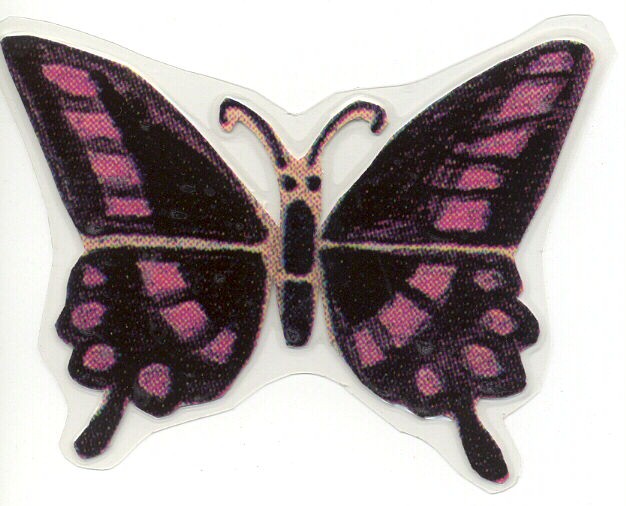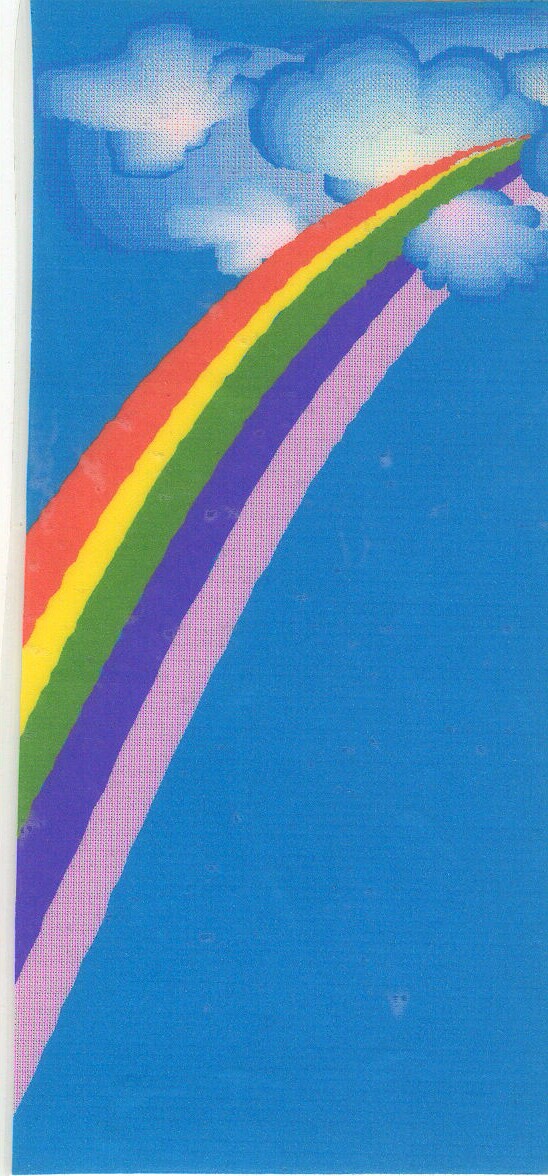Visual Metaphor as Method in Interviews with Children
By Cindy Dell Clark
A challenge to child-centered anthropology is to develop methods of exploring children’s worlds that accommodate children’s own ways of communicating meaning, including nonverbal, visual means. The article proposes an approach, the Metaphor Sort Technique, and illustrates this method based on an ethnographic study of childhood diabetes and asthma. The Metaphor Sort Technique employs pictures selected by children as metaphors for their impressions of illness and its treatment. The Metaphor Sort Technique, as a feature of discourse, stimulated, complemented, and supported children’s verbal utterances.
The study demonstrates that when modes of discourse include visual, nonliteral tasks, this can activate a child’s discursive power, reducing deference and enhancing the child’s authority in an adult-child encounter.
The Metaphor Sort Technique uses pictures, in a child-centered informant interview, as vehicles for children to select appropriate picture-metaphors as ways of representing their feelings and experiences. In a study of asthma and diabetes, chronically ill children age five to eight were presented with pictures of scenes and were asked to select which pictures showed places that were like the illness. Below are shown examples of such scenes.
Children also took part in a Metaphor Sort using cut-out pictures of objects, which children selected from in order to represent the feeling they had for particular biomedical treatment procedures. Examples of these objects appear here. Some pictures seemed to be metaphoric of children’s trust and faith in particular treatments (such as the teddy bear). Other metaphors expressed deep aversion, such as when children chose a spider and/or lightning as metaphoric of intrusive, painful, insulin injections. Some treatments were described using metaphors of protection, such as a baseball helmet, a life jacket, or an umbrella, which were common metaphors for life-saving asthma treatments.

This work is licensed under a Creative Commons Attribution-Noncommercial-No Derivative Works 3.0 United States License.


